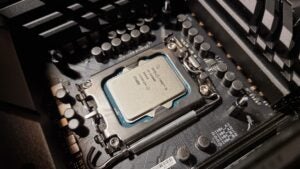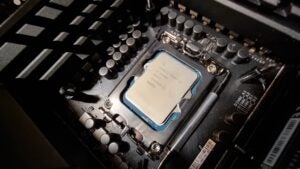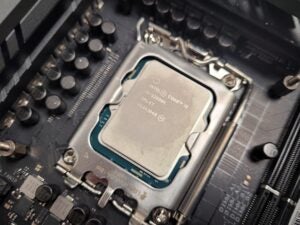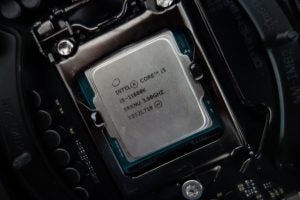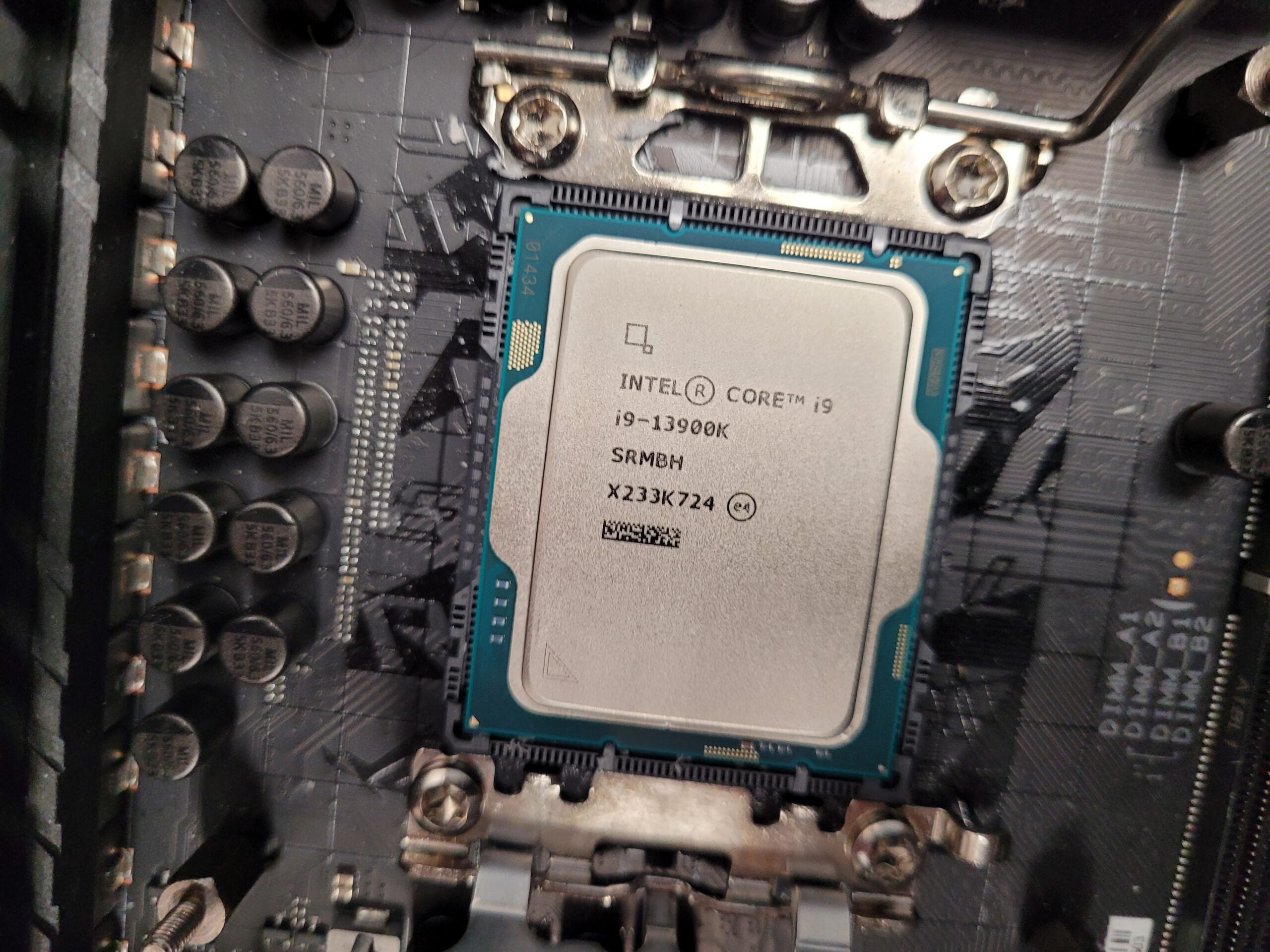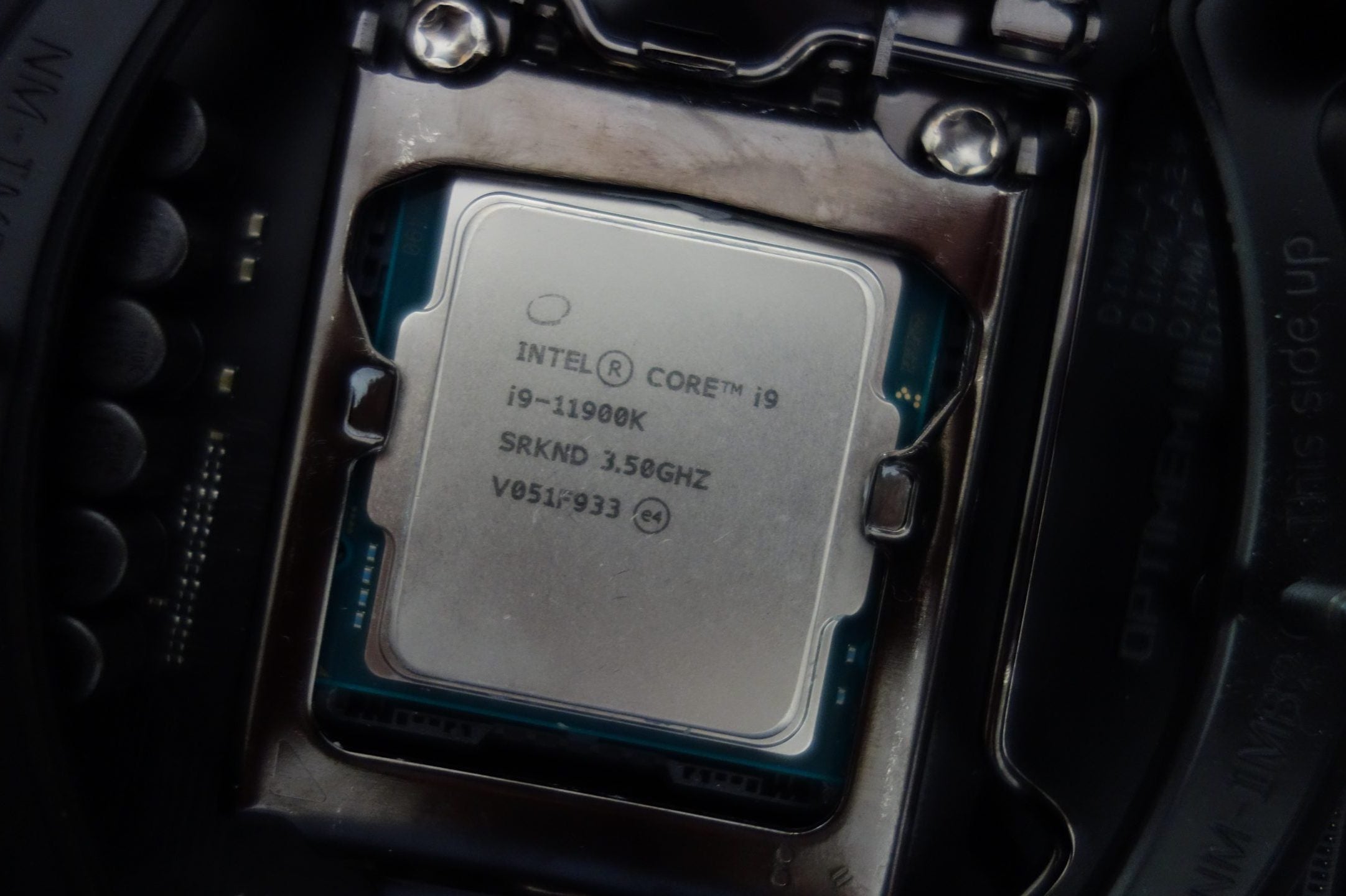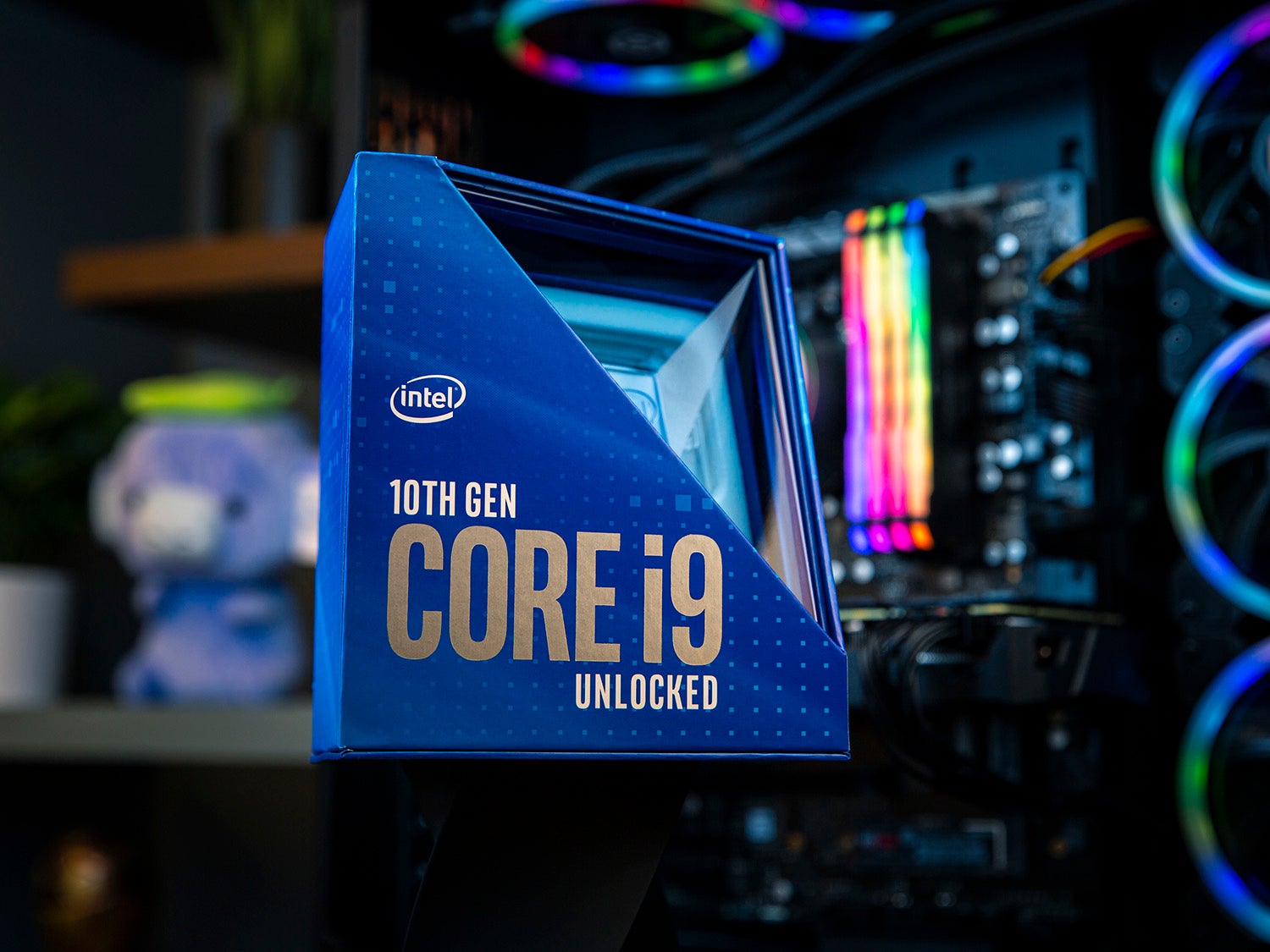Best Intel processor: Which CPU should you buy?
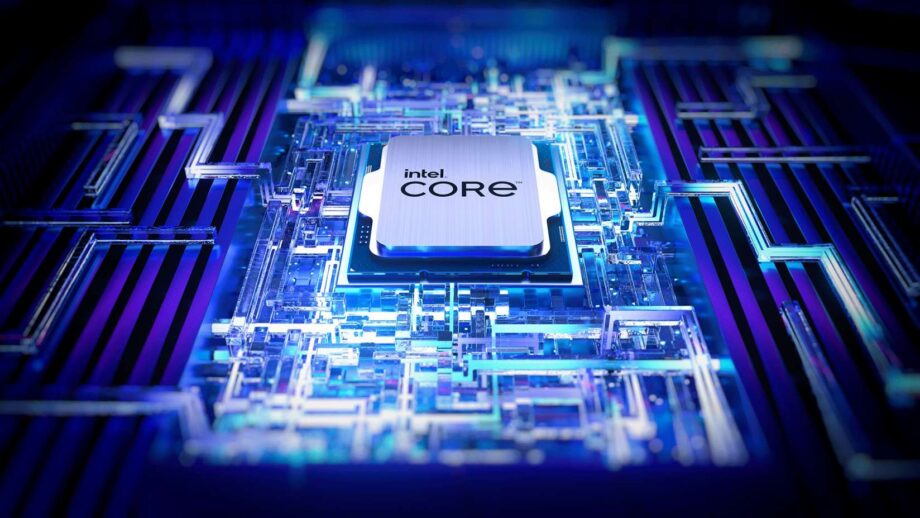
Intel is one of the biggest chip makers in the world, so it’s no surprise to see many PC builders deciding to opt for team blue when deciding upon a CPU.
Still, deciding upon a processor brand is only half the battle as Intel has numerous desktop chips for sale. As a result, finding out which offers the best value for your money isn’t an easy task.
That’s where we step in. Our team of experts review all of the latest Intel processors, using professional benchmark software to evaluate performance, as well as running the chips through intensive workloads such as content creation and gaming.
We also make sure to test the likes of peak temperature and power consumption under stress, so you know what extra components you’ll need to get the processor running at its full potential.
We’ve listed all of the top rated Intel processors below, so you can be sure you’re getting great value for money, and if you’re open to buying a chip from rivals such as AMD then make sure to check out our best CPU and best Gaming CPU guides.
Best Intel Processor at a glance
- Most powerful: Intel Core i9-14900K – check price
- Best value: Intel Core i5-14600K – check price
- Best value for gamers: Intel Core i5-12600K – check price
- Best budget: Intel Core i5-11600K – check price
How we test
We always review multiple CPUs at once to compare data, using consistent components for fair testing where possible.
We use a mix of both synthetic and in-game benchmarks to gauge performance, while also considering additional features and pricing.
We also measure the likes of power consumption and peak temperature under stress to get an idea of performance efficiency.
- Impressive gaming performance
- Versatile across multiple fields
- APO could be a game changer
- No price increase compared to last gen
- Insane temperatures & power draw
- Far better value CPUs available
- Little difference compared to last gen
- Strong performance in game
- Best value processor right now
- Reasonable temps and power draw
- Price remains the same as last gen
- No major hardware advancement
- Better professional picks elsewhere
- Lacks Intel’s APO tech
- Excellent gaming performance
- Huge improvements to multi-core performance
- Future-proofed with PCIe 5.0 and DDR5
- Great power efficiency
- Teething issues for game compatibility
- Requirement of Z690 motherboard drives up cost
- Excellent gaming performance
- Support for PCIe 4.0
- Good value for money
- Runs at comparatively low temperatures
- Poor multi-threaded performance
- Marginal performance gains from 10th generation
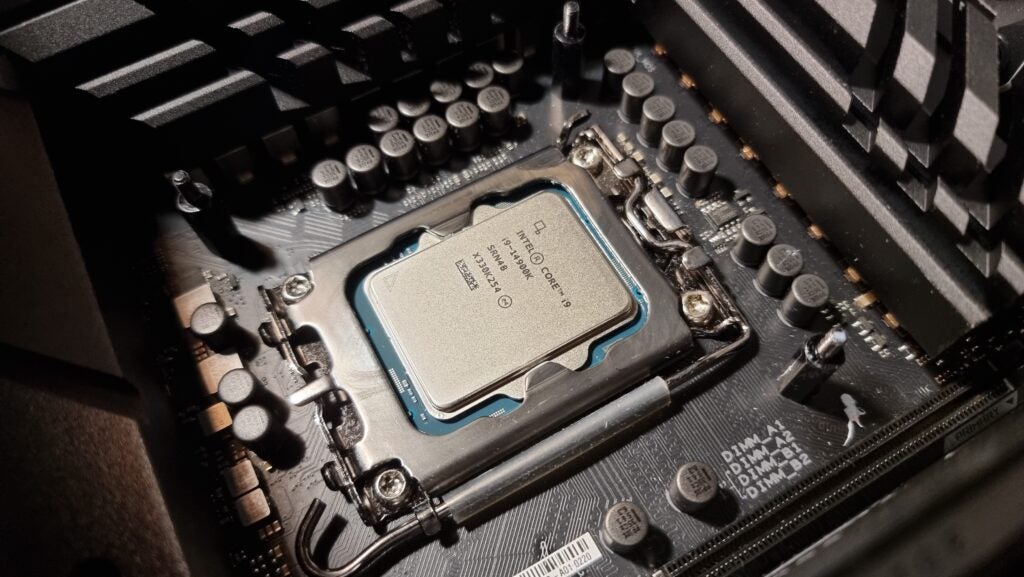
Intel Core i9-14900K
Most powerful Intel processor
Pros
- Impressive gaming performance
- Versatile across multiple fields
- APO could be a game changer
- No price increase compared to last gen
Cons
- Insane temperatures & power draw
- Far better value CPUs available
- Little difference compared to last gen
The Intel Core i9-14900K is the most powerful consumer desktop processor you can currently buy, from Intel or any other processor manufacturer. This should come as no surprise to anyone looking at the specs sheet, with the chip packing 24 cores, 32 threads and 6GHz peak clock speeds.
Our benchmark scores back up these impressive performance claims, with the Intel Core i9-14900K posting higher scores than all of the competition. This was the case for both synthetic benchmarks and in-game tests, showcasing that this desktop chip excels at pretty much everything.
With that said, the performance jump isn’t significant compared to the last-gen Intel Core i9-13900K, but that’s not really an issue considering both chips are priced the same.
What’s more, the Intel Core i9-14900K will play nice with the latest RAM and SSDs thanks to support for DDR5 and PCIe 5.0. So if you’re looking to build the most powerful PC possible, then the Intel Core i9-14900K is undoubtedly the best pick.
Reviewer: Zak Storey
Full review: Intel Core i9-14900K review

Intel Core i5-14600K
Best value Intel processor
Pros
- Strong performance in game
- Best value processor right now
- Reasonable temps and power draw
- Price remains the same as last gen
Cons
- No major hardware advancement
- Better professional picks elsewhere
- Lacks Intel’s APO tech
The Intel Core i5-14600K may not be quite as powerful as its i9 sibling, but it’s not far behind in terms of performance considering its more affordable price. The chip features 14 cores, 20 threads and is capable of up to a 5.3GHz boosted clock speed.
Despite its modest specs, it offers outstanding gaming performance, easily outperforming the AMD Ryzen 7 7700X and AMD Ryzen 5 7600X in every single game on test. In fact, we’d wager that you’ll struggle to find a better gaming performance from a desktop CPU for less than the £300/$300 price point.
Of course, the constrained core count does limit the multi-core performance compared to the i9, but it’s certainly no slouch for the likes of content creation, making it a fantastic all-rounder chip.
Lastly, the Intel Core i5-14600K offers support for both PCIe 5.0 and DDR5, which means you can build a PC with all of the latest and greatest components. So if you want to build (or upgrade) a cutting-edge PC without breaking the bank, this is our top recommendation.
Reviewer: Zak Storey
Full review: Intel Core i5-14600K review
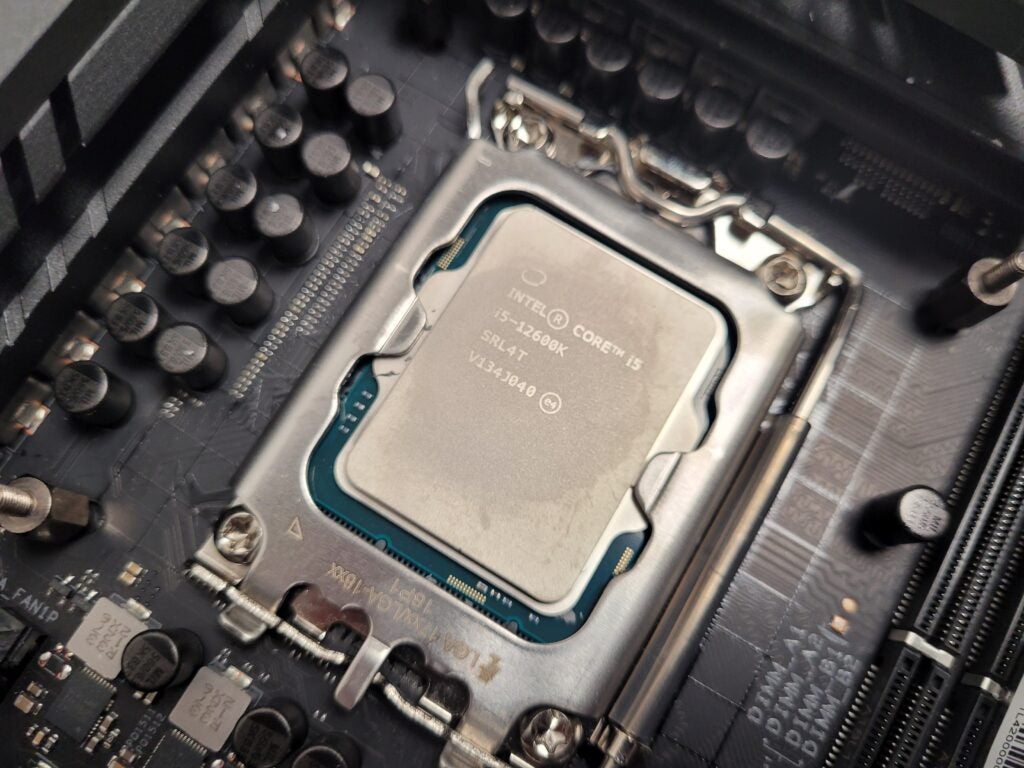
Intel Core i5-12600K
Best value for gamers
Pros
- Excellent gaming performance
- Huge improvements to multi-core performance
- Future-proofed with PCIe 5.0 and DDR5
- Great power efficiency
Cons
- Teething issues for game compatibility
- Requirement of Z690 motherboard drives up cost
We’re jumping back a couple of generations for this one, but we think the Intel Core i5-12600K still represents outstanding value if gaming is your top priority for your next PC build.
With just 10 cores and 16 threads, it’s seriously lagging behind its newer siblings in terms of multi-core performance, which means it’s probably not the best option for creatives who deal with 4K video edits and complex 3D animations.
If you’re sticking to gaming however, the Intel Core i5-12600K proves to be a more affordable alternative to the Intel Core i5-14600K. Not only were the gaming results excellent, but it also proved to be highly efficient in our benchmark tests, so it won’t send your energy bills spiralling out of control.
Best of all, the Intel Core i5-12600K supports DDR5 and PCIe 5.0, allowing you to build a cutting-edge gaming PC. And with the Intel Core i5-12600K being so cheap, you’ll be able to spend more money on the likes of a graphics card to give gaming performance a serious push.
Reviewer: Ryan Jones
Full review: Intel Core i5-12600K review
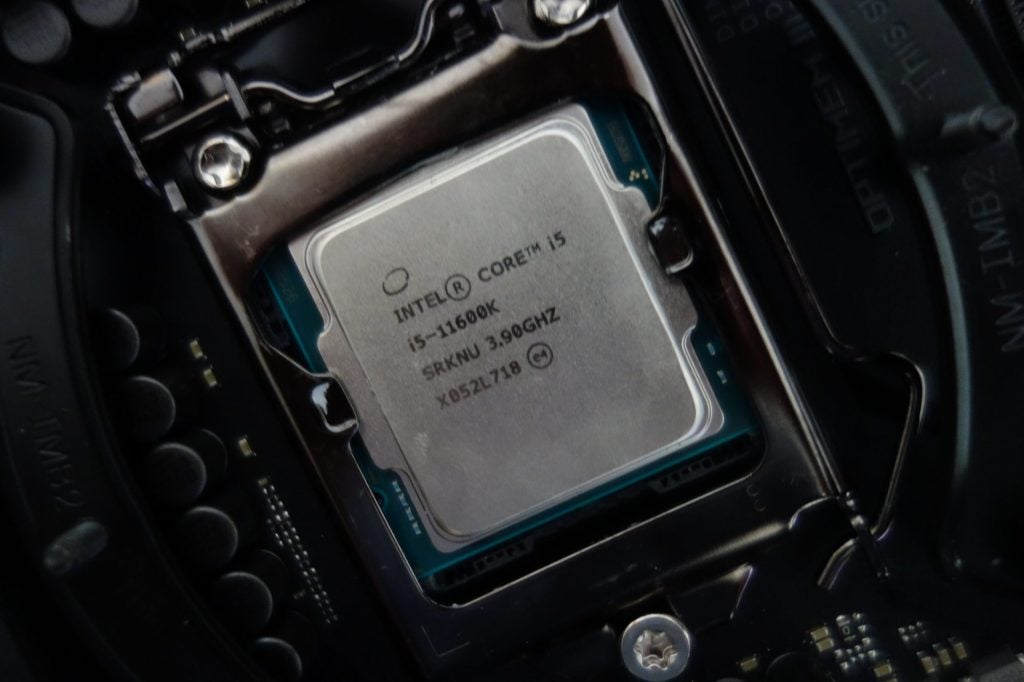
Intel Core i5-11600K
Best budget Intel processor
Pros
- Excellent gaming performance
- Support for PCIe 4.0
- Good value for money
- Runs at comparatively low temperatures
Cons
- Poor multi-threaded performance
- Marginal performance gains from 10th generation
The Intel Core i5-11600K launched back in 2021, making it one of the oldest CPU options in this best Intel processor list but it still packs a powerful performance for gamers thanks to its 4.9GHz max clock speed, especially when you consider the bargain-friedly price.
It aced our gaming benchmark tests, punching above its weight by remaining competitive with the Intel Core i9-11900K and AMD Ryzen 7 5800X. It runs impressively cool under stress too, ensuring a consistent performance that doesn’t need an ultra-expensive cooling system.
There are some caveats by going this cheap, with the 6-core and 12-thread counts highlighting its limitations for multi-threaded workloads – creators may want to stay clear as a result. Support is limited to DDR4 memory and PCIe SSDs too, lowering the ceiling of potential upgrades for your gaming PC.
But if you simply want a cheap-as-chips gaming PC, the Intel Core i5-11600K remains an excellent option with a surprisingly strong performance given its age and low cost.
Reviewer: Ryan Jones
Full review: Intel Core i5-11600K review
We also considered…
FAQs
PCIe (peripheral component interconnect express) is an interface standard used for connecting high-speed components such as GPUs and SSDs. The PCIe generation will determine the performance handicap for connected components. The latest standard, PCIe 5.0, currently doesn’t have a big impact on GPU performance, but can enable far faster SSD speeds with compatible hardware.
The best thing to look out for when buying a gaming CPU is single-core performance. However, it’s also worth considering other aspects such as supported features, power consumption and temperature.


